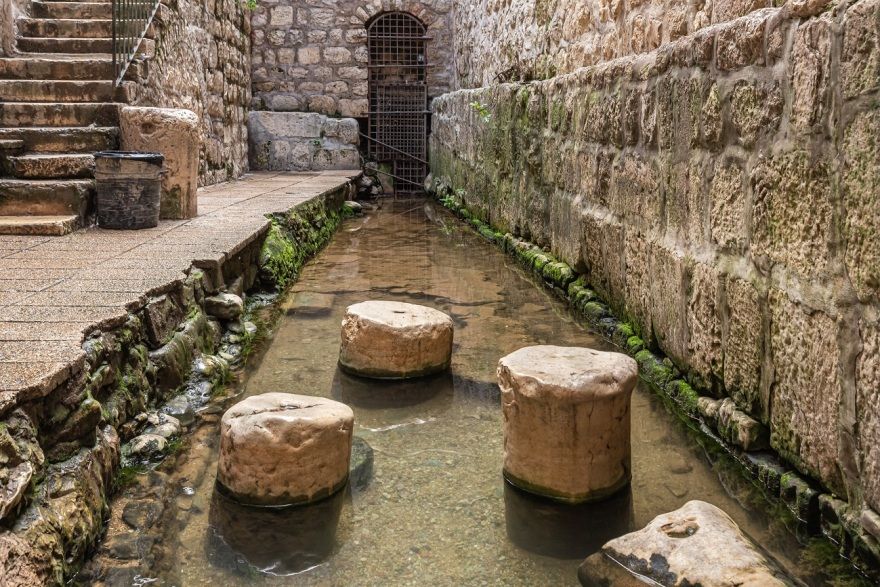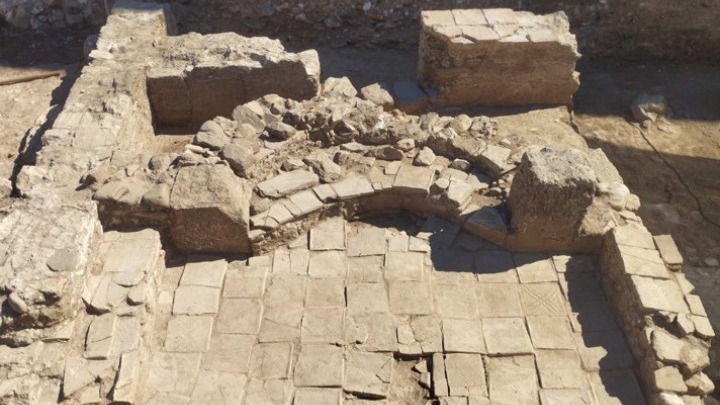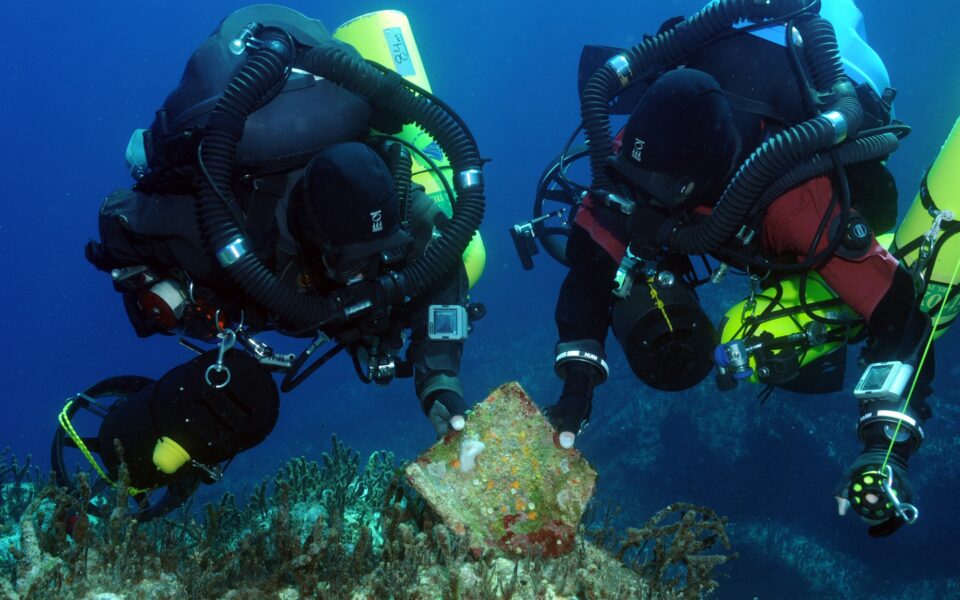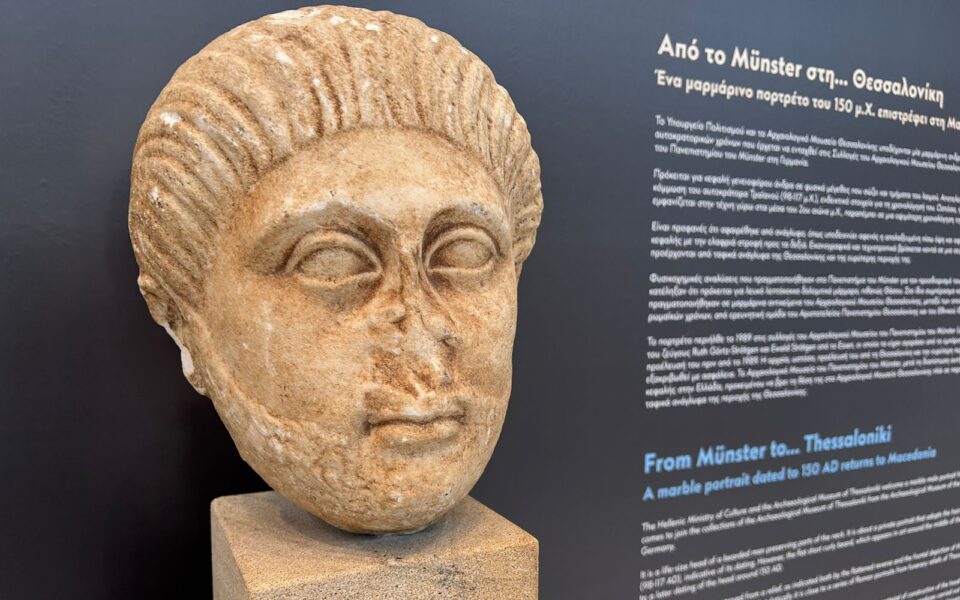The Pool of Siloam opens to the public after 2,700 years


The Pool of Siloam is located in the southern part of the City of David in Israel and in the area of the Walls of Jerusalem National Park
The Pool of Siloam in Israel opens to the public after 2,700 years. The biblical site will be excavated and open its gates to the world.
The Israel Antiquities Authority, the National Parks Authority and the City of David Foundation have announced the start of excavations at the historic site of Siloam’s Columbarium in Jerusalem.
For the first time in modern history, the excavation by the Israel Antiquities Authority will allow the site to be fully exposed, as part of an official archaeological dig.
In a first phase, visitors will be able to watch the archaeological excavations, and in the coming months the Pool of Siloam will open to tourists, as part of a route that starts at the southernmost point of the City of David and culminates in the footprints of the Western Wall .
The Pool of Siloam is located in the southern part of the City of David in Israel and in the area of the Walls of Jerusalem National Park.
The story of the Pool of Siloam
According to the evidence we get from the Bible, The Pool was first built about 2,700 years ago. It was part of Jerusalem’s water supply system in the 8th century BC, during the reign of King Hezekiah.
The Pool of Siloam served as a reservoir for the waters of the Gihon Spring, which were diverted through an underground tunnel, and it is believed that at that time the Pool also served as a ritual bath, before one ascended through the City of David to the Temple.
In 1880, the famous Siloam inscription was revealed carved into a wall inside the water tunnel tens of metres before the pool. The inscription is kept in the Archaeological Museum of Istanbul and is inscribed in ancient Hebrew.
It is worth noting that over the years, many traditions have developed around the pool of Siloam, while since the end of the 19th century, the point has been the focus of archaeological expeditions from all over the world.
In 1867, Charles Warren discovered an aqueduct that ran from Jon’s Spring into the hill, from where a well led up, to the City of David.
In the 1890s, a group of British-American archaeologists led by FJ Bliss and AC Dickie uncovered some of its steps. In the 1960s, British archaeologist Kathleen Kenyon excavated the site. The Israel Antiquities Authority excavated the Pool of Siloam in 2004.
Already, according to the Ministry of Foreign Affairs of Israel, the country’s Antiquities Authority, the National Parks Authority and the City of David Foundation have announced the start of the excavation of the archaeological site, which is expected to become an attraction for many visitors.
The Pool of Siloam is referred to in the Old Testament, to which there are many references. Prophet Isaiah refers to the waters of the swimming pool and the construction of his tunnel by Hezekiah. It is also of particular importance to Christians, as it is referred to in the Gospel of John, as the place to which Jesus sent a “blind man from birth” in order to complete the man’s healing.
It was built 2,700 years ago
The Pool of Siloam is located in the southern part of his city David, in the area of the National Park of the Walls of Jerusalem, and is an archaeological and historical site of national and international importance as stated in the announcement of the Israeli Ministry of Foreign Affairs.
It was first built about 2,700 years ago as part of Jerusalem’s water supply system in the 8th century BC, during the reign of King Hezekiah, as described in the Bible.
The Pool of Siloam it served as a reservoir for the waters of the Gihon Spring, which was diverted through an underground tunnel and thus was already considered one of the most important areas in Jerusalem during the First Temple period.
The place had a special importance, but also a position. It was renovated and expanded about 2,000 years ago at the end of the Second Temple period. Then it is estimated that it was used as a ritual bath (“mikveh”) by millions of pilgrims, who gathered there before ascending through the City of David to the Temple.
In 1880, the inscription of Siloam was discovered in the tunnel, just a few tens of meters from Kolympithra.
The inscription, currently located at Archaeological Museum of Istanbul, is written in ancient Hebrew script. As it mentions, the water of the spring was diverted to The Pool during the reign of King Hezekiah.
Over the years, many traditions have been associated with the Pool of Siloam, and since the late 19th century, it has been the focus of expeditions from all over the world.
In the 1890s, a group British-American archaeologists led by Frederick Jones Bliss and Archibald Campbell Dickey uncovered some of the steps leading to the pool. In the 1960s, British archaeologist Kathleen Kenyon began excavations in the area.
In 2004, during infrastructure works carried out by the water company Hagihon, some of the steps were revealed.
Then the Israel Antiquities Authority began a systematic excavation under the direction of professors Roni Reich and Eli Shukron. As part of the excavation, the northern perimeter, as well as a small part of the eastern perimeter of the Pool of Siloam, was revealed.
Its perimeter was built as a series of steps, allowing visitors of the time to sit and immerse themselves in its waters.
Source: thetoc.gr





